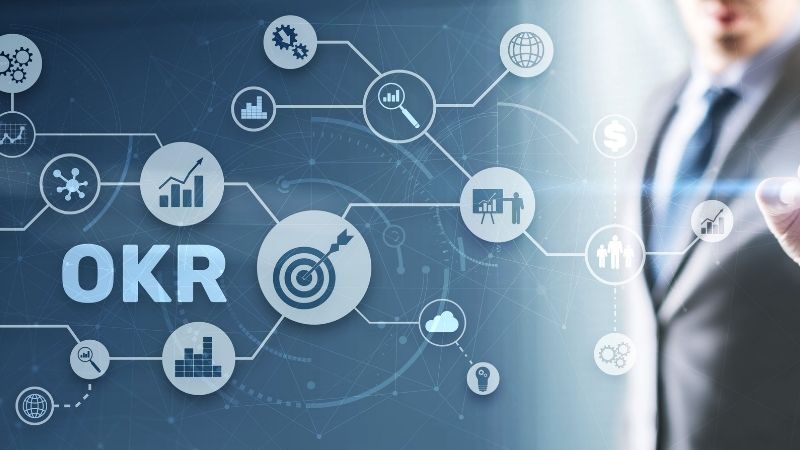Most companies work hard to build and sustain a positive performance culture in their workplaces. Different companies have different culture.
While some companies have a formal performance culture with fixed rules, others prefer a casual culture with flexible rules.
This totally depends on how the company runs and on a few other factors, like how large the company is and how they measure the performance of their employees.
What do managers need for creating a performance based culture at workplaces? What does it mean and why is it important for an organization to focus on this aspect? Firstly, every organization’s success depends on the productivity of their staff. The productivity of teams in an organization depends on how engaged and satisfied the employees are with their current workplace culture.
Here are a few qualities of an ideal performance based workplace culture:
- Change is welcome
- Employees from different levels may make decisions
- Teamwork is the norm
- Constant effort to better the existing operational strategy
- A sense of accountability among the team members
While it is hard enough to create and sustain a high performance culture at a workplace during normal times, the current pandemic hasn’t made it any easier for the management. Here are a few tips for creating a performance based culture at workplace during the current Covid-19 crisis.
Clear And Open Communication
Communication is one of the most important aspects of running an organization. Communicate the values of your organization to your employees. It has become more important now more than ever to make your employees realize how their contribution affects the values of the organization.
Assign SMART, short-term goals to your employees and help them align those with the company values. Encourage your employees to come forward and communicate with the management. Make sure that you handle any sort of information from the employees sensibly.
Feedback Culture
Real-time feedback that is delivered throughout the year goes a long way towards fixing the damage caused by annual performance reviews. This makes the annual performance review a quick and short meeting because of having most of the groundwork laid before. A survey by Zenger and Folkman revealed 92% of respondents agreed, “Negative (redirecting) feedback, if delivered appropriately, is effective at improving performance.”
Continuous employee feedback has a direct impact on things like productivity, customer retention and has many benefits like employee retention, performance improvement, quick analysis of problem, open channels of communication, etc. Most companies these days want to invest in retaining their existing talent so that their employees are skilled enough to take care of the constantly changing needs of the industry.
Employee Recognition
Though managers want to recognize the efforts of their employees, sometimes they just don’t do it. They don’t understand how to do it. Most organizations reward their employees with a bonus in their salary during their annual performance reviews, hoping to motivate them for the coming year. Does this approach actually work? It could motivate them for about a month or a quarter for maximum, but not beyond that.
Having frequent feedback sessions with your employees makes it easier for you to recognize their efforts and reward their accomplishments. There are various ways to do it: gamification, personalized thank-you notes, praising employees in-front of the whole team. At Engagedly, we use Engagedly app which allows to gamify every aspect of an employee’s work. We also use public praise and discretionary points to praise an employee publicly for their contribution.
Using a rewards and recognition software not only helps you with the budget of rewards but also drives employee engagement in the organization.
Employee Engagement
When it comes to engagement, there’s a lot of hubbub over the end results. What organizations should really focus on is the factors that drive engagement, that is, the process through which organizations can reap the long-term benefits of employee engagement.
Many different things can drive organizations, and they can vary from organization to organization. But the one thing that does not change is the fact that all organizations need engagement. Employee engagement is proven to not only improve an organization’s overall productivity, but it also decrease rates of absenteeism. Engaged employees show up to work like clockwork and work well when they show up. No wonder engagement has such an impact on an organization’s bottom-line!
Want to know more about Engagedly? Then request a demo from our experts!
Request A Demo
Get In Touch With Us




